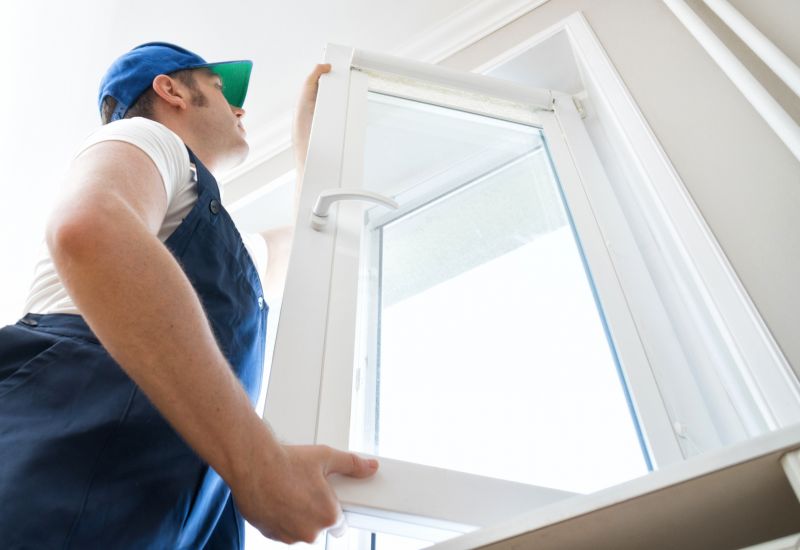Optimal Timing for Windows Installations
Perform Windows installations during periods of low business activity, such as late fall or early winter, to reduce operational impact.
Ensure hardware and software updates are compatible and prepared before scheduling installations to prevent delays.
Schedule installations when users are least likely to be impacted, such as outside of regular working hours or during planned downtime.
Coordinate with existing maintenance schedules to align Windows installations during designated maintenance periods.

A technician preparing a system for Windows installation in a professional setting.

IT staff coordinating installation times during off-peak hours.

Close-up of a computer screen showing Windows setup screens.

Ways to make Windows Installations work in tight or awkward layouts.

Popular materials for Windows Installations and why they hold up over time.

Simple add-ons that improve Windows Installations without blowing the budget.

High-end options that actually feel worth it for Windows Installations.

Finishes and colors that play nicely with Windows Installations.
| Factor | Best Timing Advice |
|---|---|
| Business Activity | Schedule during low activity periods |
| Hardware Compatibility | Verify hardware readiness beforehand |
| Software Updates | Coordinate with update release schedules |
| User Availability | Choose times when users are least affected |
| Maintenance Windows | Align with existing maintenance plans |
| Seasonal Timing | Avoid peak seasons for installations |
| System Backup | Complete backups prior to installation |
| Technical Support | Ensure support is available during installation |
Windows installations are critical for maintaining system security, performance, and compatibility. Proper planning ensures minimal downtime and reduces the risk of technical issues. Regular updates and installations contribute to the stability and efficiency of computing environments, especially in business or organizational settings.

